Night Toothache Relief: Easy Drug-Free Solutions That Actually Help
So, how does tooth loss affect speech? In this article, we will examine in detail the effects of tooth loss…
Tooth extractions fall into two primary categories: simple and surgical. Simple extractions are usually conducted on teeth that are easily seen and reachable in the mouth, whereas surgical extractions are required for teeth that are harder to access, like impacted wisdom teeth or those that have fractured at the gum line. Regardless of the type, extractions are performed by dentists or oral surgeons under local anesthesia, sedation, or, in some cases, general anesthesia.
Choose Your Topics
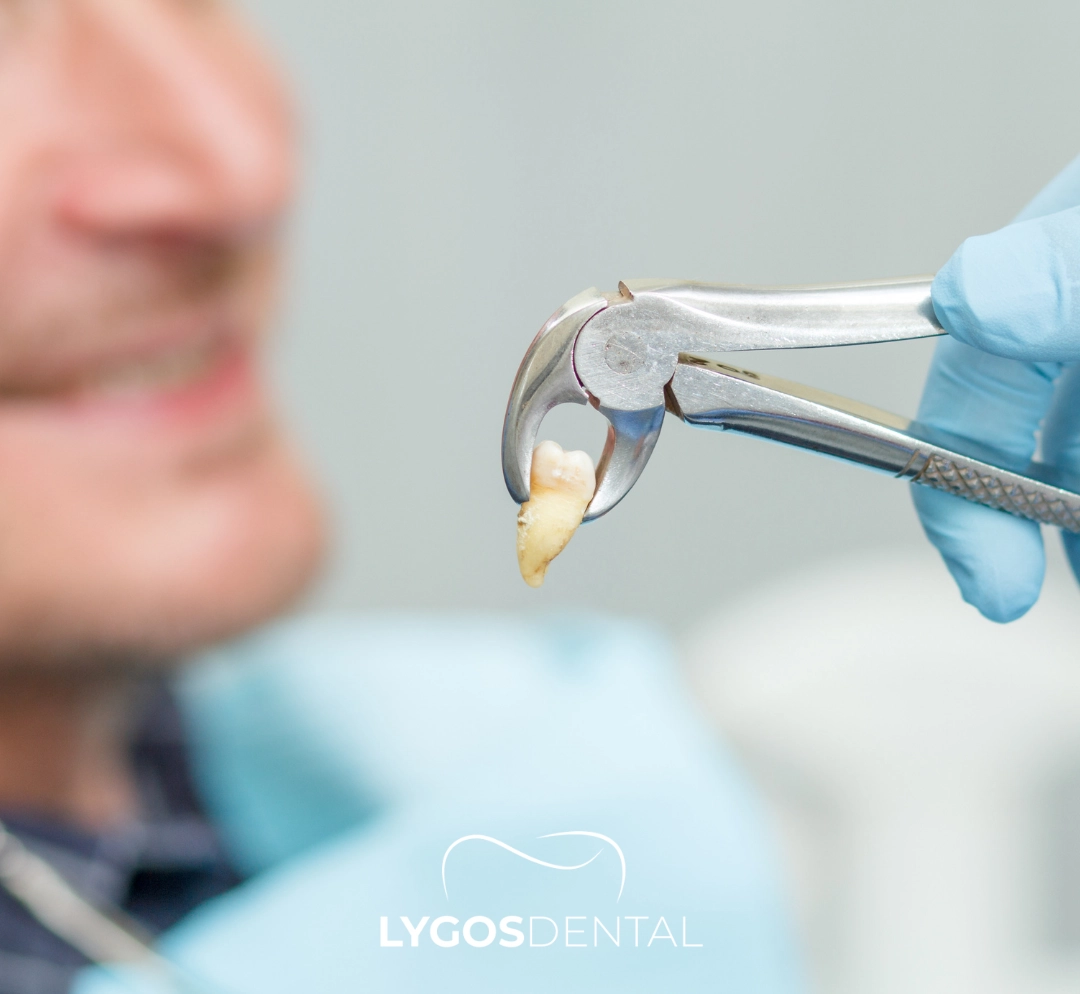
Tooth extraction might be required for various reasons, and grasping these can assist patients in mentally preparing for the procedure. One common reason is severe decay or infection, where decay progresses to the pulp of the tooth, leading to an infection that cannot be treated with antibiotics or root canal therapy.
In these instances, removal is crucial to stop the progression of the infection. Gum disease is another significant cause, as it can loosen teeth due to the destruction of supporting bone and tissues. Teeth that are impacted, particularly wisdom teeth that fail to emerge correctly, might need to be extracted if they inflict pain or harm adjacent teeth.
Additionally, overcrowding is frequently resolved through extractions before orthodontic procedures to allow for correct alignment. If a tooth is significantly harmed due to an injury and cannot be repaired, extraction might be required. Additionally, teeth may be extracted as part of preparing for dentures or implants, ensuring a proper fit. For patients with compromised immune systems, removing teeth that pose a risk of infection can help prevent further health complications.
Prior to the extraction, the dentist will perform a comprehensive evaluation that includes X-rays to examine the tooth's position and root structure. This assessment helps the dentist decide on the most effective extraction method.
Depending on how complex the extraction is, the dentist will use local anesthesia to numb the area surrounding the tooth. For more intricate procedures or when several teeth need to be extracted, sedation or general anesthesia may be used to improve patient comfort.
In a simple extraction, the dentist employs an elevator to loosen the tooth and then utilizes forceps to remove it. This procedure is typically swift and relatively pain-free, thanks to the numbing effects of the anesthesia.
In surgical extractions, the dentist may create an incision in the gum to access the tooth or the underlying bone. Occasionally, the tooth needs to be divided into smaller fragments for easier removal, particularly for impacted teeth that have not fully erupted.
Following the tooth extraction, the dentist will clean the site, and stitches may be required to close the wound properly. Patients will be advised to bite down on gauze to manage any bleeding.
Post-extraction, it’s common to feel some pain or discomfort. Over-the-counter medications such as ibuprofen or acetaminophen can assist in managing this pain, while dentists may prescribe stronger medications for more intense discomfort. Bleeding may also continue for a few hours post-extraction.
Biting down on gauze can help control it, but if bleeding persists beyond the first day, it’s important to contact the dentist. Swelling of the face or jaw is common, particularly after surgical extractions.To minimize swelling, applying an ice pack to the affected area in 15-minute intervals can be helpful.
When it comes to diet, consuming soft foods is essential, and it's best to steer clear of hot, spicy, or crunchy items that could irritate the extraction site. Staying hydrated is crucial, but using a straw should be avoided because it may dislodge the blood clot. Proper oral hygiene is essential to ensure the extraction site heals properly. Careful brushing and rinsing with salt water can help maintain cleanliness in the area, but it's important to refrain from brushing directly over the extraction site for the initial few days. This allows the blood clot to remain undisturbed, which is crucial for healing.
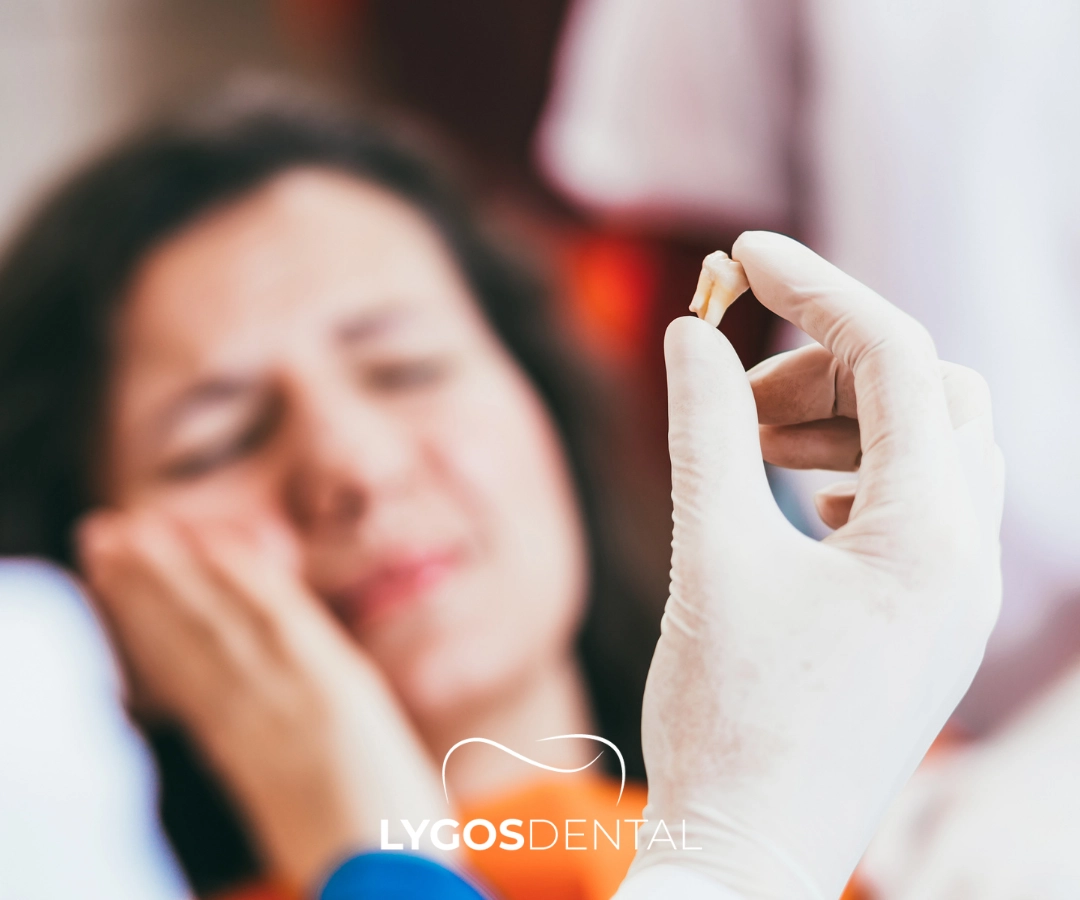

In some cases, only the root of a tooth remains due to severe decay, fracture, or failed prior treatment. Extracting only the root requires surgical extraction and may involve the use of dental tools to expose the root and remove it without damaging the surrounding bone or gum tissue.
This process is more complicated than a standard extraction and may involve additional steps, such as bone grafting, especially if the patient plans to receive a dental implant in the future. Dentists perform this type of extraction with care to ensure minimal damage to the jawbone, which is important for maintaining the structural integrity of the mouth.
Sometimes, a tooth extraction becomes an emergency due to sudden pain, trauma, or infection. Emergency extractions are often performed when the tooth is severely damaged or infected and cannot wait for a scheduled appointment.
In these situations, the dentist will offer prompt treatment to alleviate pain and avert additional complications. Emergency tooth extractions may be more stressful for patients, but they are crucial to prevent worsening health conditions, such as the spread of infection to other areas of the body.
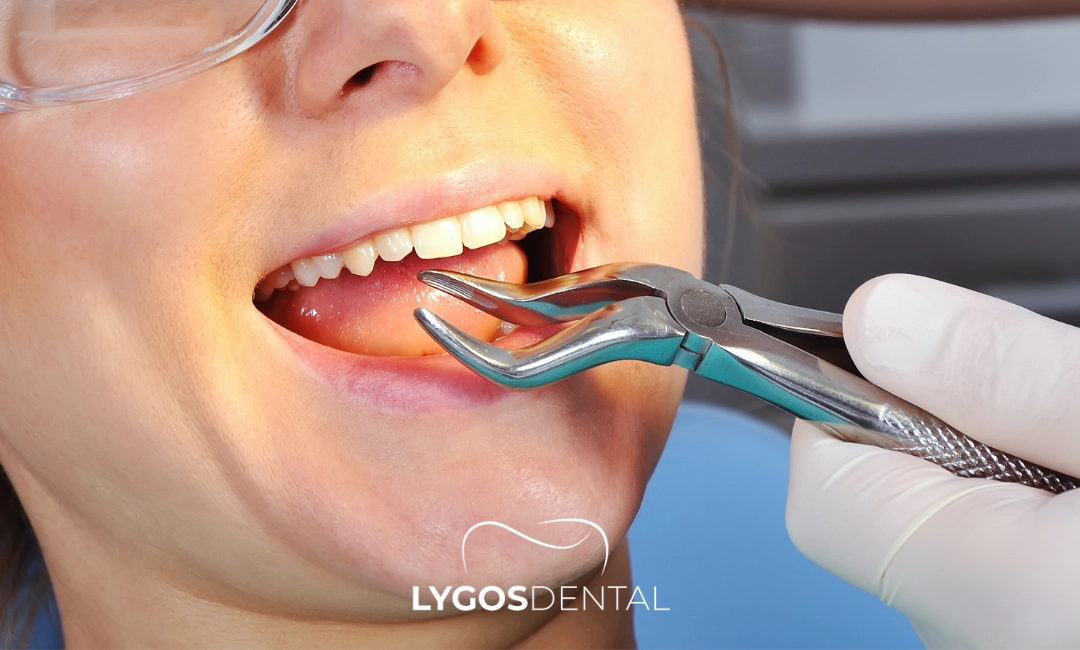
Before tooth extraction, patients may experience pain, swelling, or difficulty chewing, especially if the tooth is decayed, infected, or impacted. X-rays assist the dentist in assessing the tooth’s condition and devising an appropriate plan for the procedure. After extraction, patients often experience immediate relief from pain, though some discomfort and swelling are normal during the healing process. Proper post-extraction care, such as avoiding certain foods, taking prescribed medications, and following the dentist’s instructions, will ensure a smooth recovery.
The recovery period after a tooth extraction generally spans from a few days to a week, influenced by the procedure’s complexity and the patient’s health. Most individuals can return to their regular activities within a day or two, although it’s advisable to refrain from strenuous physical exertion for at least 24 hours.
During the first few days, it’s important to avoid smoking, using a straw, or consuming hot foods and drinks, as these can interfere with the healing process. If swelling or discomfort persists for more than a few days, or if signs of infection appear, such as fever or excessive pain, patients should contact their dentist.
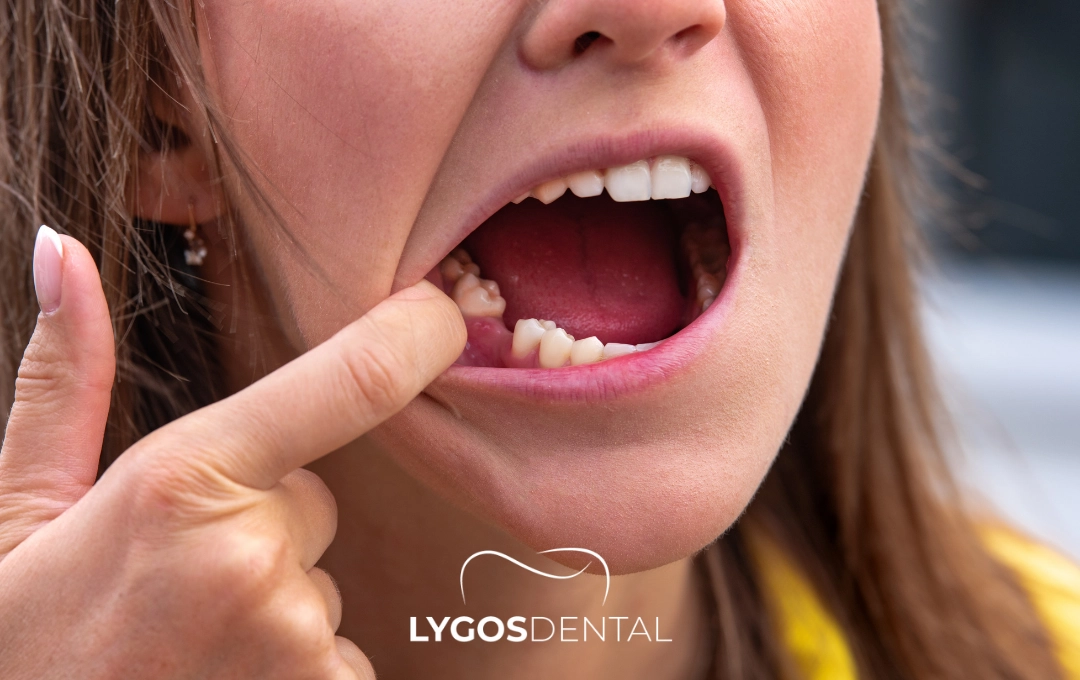
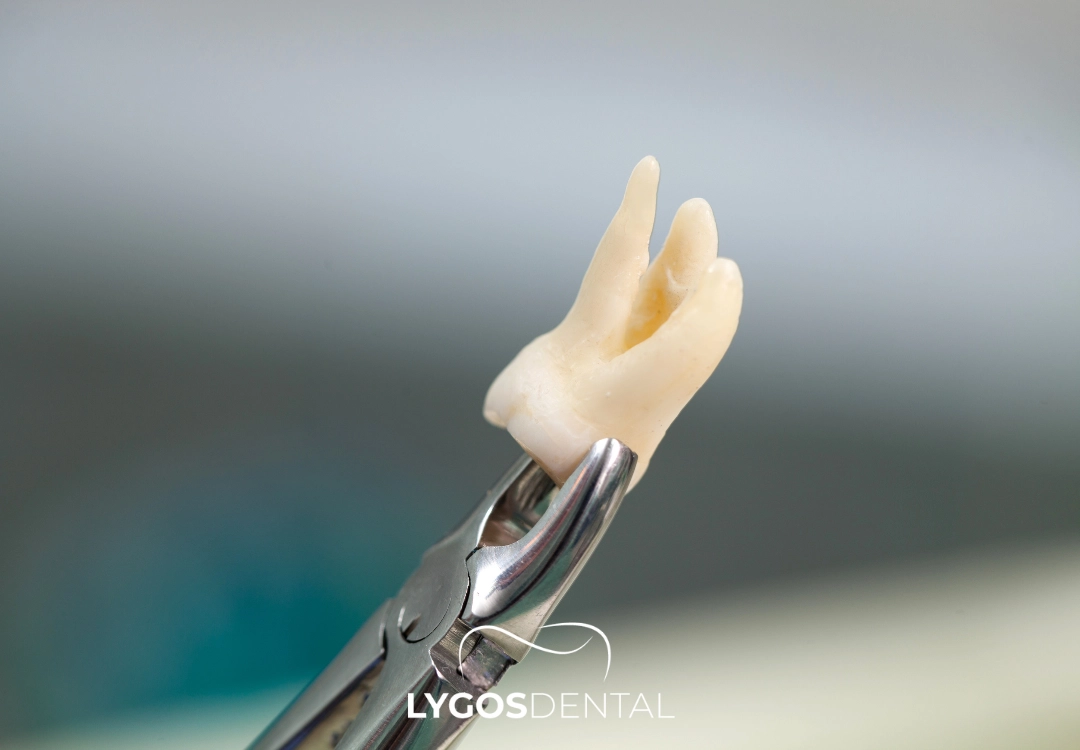
Turkey is a top destination for dental treatments, including tooth extractions, thanks to its high-quality care and affordable services. Patients enjoy the advantages of cutting-edge technology, skilled dental professionals, and considerably lower costs compared to those in Western nations.
Many Turkish dental clinics, particularly in cities like Istanbul, offer world-class care, combining modern equipment with skilled professionals. This makes tooth extraction procedures both safe and cost-effective for international patients. Additionally, the opportunity to explore Turkey’s cultural landmarks while recovering adds to the appeal of choosing the country for dental tourism.
The price of a tooth extraction differs due to various factors, such as the extraction type and the tooth’s location. Simple extractions, which are faster and less complicated, usually cost less than surgical extractions that demand higher skill.
Teeth situated at the back of the mouth, like molars and wisdom teeth, are harder to reach and thus incur higher extraction costs. Additionally, geographic location significantly influences pricing; dental procedures in cities like Istanbul are often more budget-friendly compared to many Western countries, which enhances its appeal for dental tourism.
Furthermore, the total cost may also be affected by the dentist's level of expertise and specialization. More experienced dentists or oral surgeons may charge a premium, particularly for complex procedures like extracting impacted wisdom teeth. For standard tooth extractions, prices can start around $75 and increase based on the complexity of the case. Surgical extractions, which are more involved, often come with a higher price tag. It’s advisable for patients to discuss the procedure with their dentist in advance to fully grasp its details and any possible extra expenses. It's also beneficial to check with dental insurance providers, as many policies offer coverage for extractions, helping to offset the cost.

Healing after a tooth extraction typically takes about 1 to 2 weeks. Initial bleeding and swelling usually subside within the first few days, but complete healing may vary based on the individual's overall health.
Tooth extraction is typically a painless procedure, thanks to the use of local anesthesia. Although some discomfort may occur once the anesthesia subsides, it can generally be effectively managed with over-the-counter pain medication.
The length of pain experienced after a tooth extraction can differ from individual to individual. The most intense discomfort is typically experienced within the first 24-48 hours, and most patients find relief within 3 to 5 days. Chronic pain should be assessed by a dental expert.
The gap left by an extracted tooth usually begins to close within a few months as the alveolar bone heals. However, the timeline for complete closure can vary, and it is essential to consult with a dentist for options such as implants or dentures if needed.
So, how does tooth loss affect speech? In this article, we will examine in detail the effects of tooth loss…
So, how does tooth loss affect speech? In this article, we will examine in detail the effects of tooth loss…
So, how does tooth loss affect speech? In this article, we will examine in detail the effects of tooth loss…

Special Note:
Our treatments are provided by healthcare facilities that possess a health tourism authorization certificate

Special Note: Our treatments are provided by healthcare facilities that possess a health tourism authorization certificate
Selenium Retro, Ataköy 7-8-9-10. Kısım, D-100 Güney Yanyolu No:18/A, 34158 Bakırköy/İstanbul
© 2025, LYGOS DENTAL. All Rights Reserved.